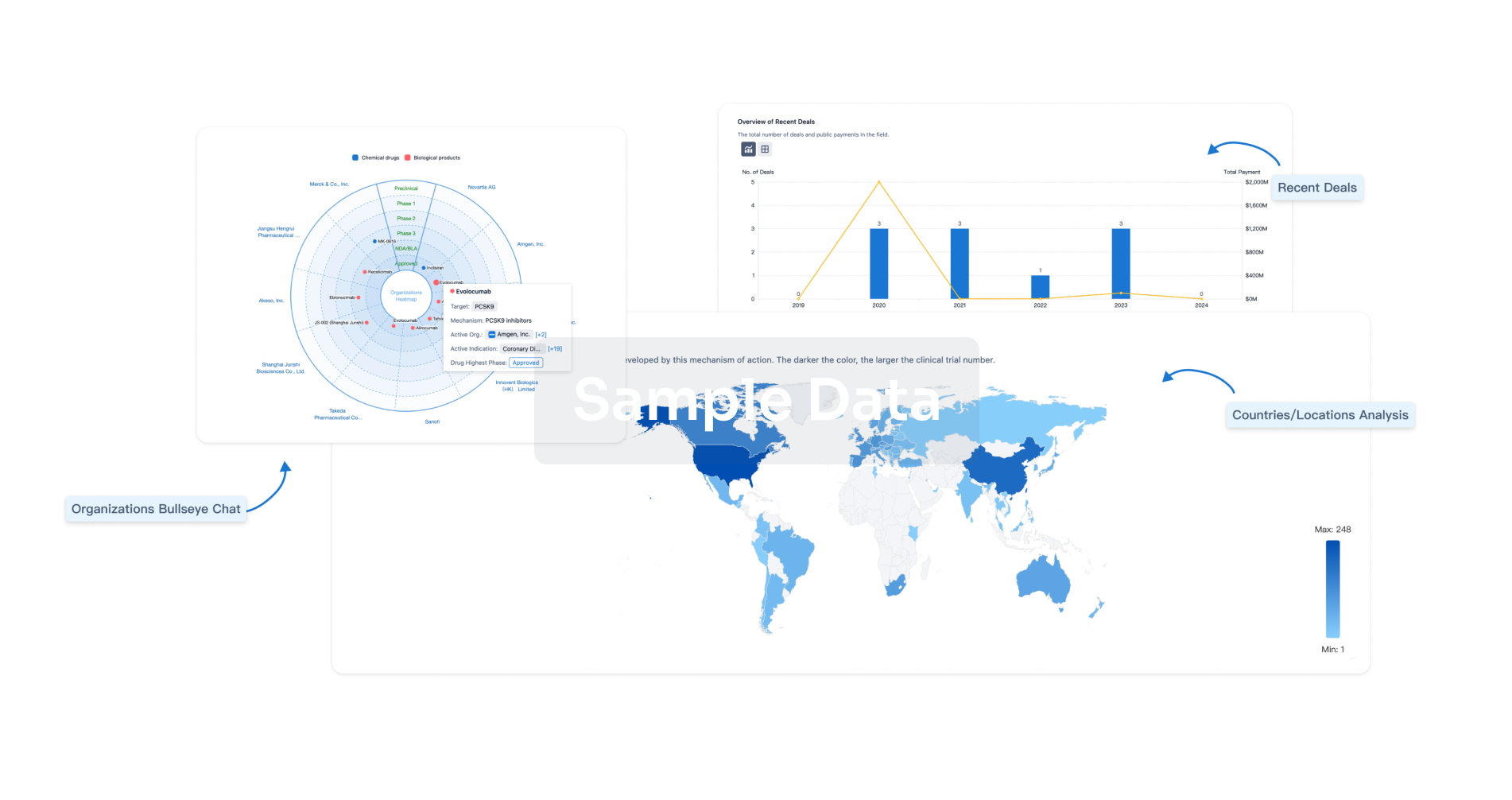Request Demo
Last update 08 May 2025
PPP5C
Last update 08 May 2025
Basic Info
Synonyms PP-T, PP5, PPP5 + [5] |
Introduction Serine/threonine-protein phosphatase that dephosphorylates a myriad of proteins involved in different signaling pathways including the kinases CSNK1E, ASK1/MAP3K5, PRKDC and RAF1, the nuclear receptors NR3C1, PPARG, ESR1 and ESR2, SMAD proteins and TAU/MAPT (PubMed:14734805, PubMed:14764652, PubMed:14871926, PubMed:15383005, PubMed:15546861, PubMed:16260606, PubMed:16790549, PubMed:16892053, PubMed:19176521, PubMed:19948726, PubMed:21144835, PubMed:22399290, PubMed:22781750, PubMed:23102700, PubMed:30699359, PubMed:9000529). Implicated in wide ranging cellular processes, including apoptosis, differentiation, DNA damage response, cell survival, regulation of ion channels or circadian rhythms, in response to steroid and thyroid hormones, calcium, fatty acids, TGF-beta as well as oxidative and genotoxic stresses (PubMed:14734805, PubMed:14764652, PubMed:14871926, PubMed:15383005, PubMed:15546861, PubMed:16260606, PubMed:16790549, PubMed:16892053, PubMed:19176521, PubMed:19948726, PubMed:21144835, PubMed:22399290, PubMed:22781750, PubMed:23102700, PubMed:30699359, PubMed:9000529). Participates in the control of DNA damage response mechanisms such as checkpoint activation and DNA damage repair through, for instance, the regulation ATM/ATR-signaling and dephosphorylation of PRKDC and TP53BP1 (PubMed:14871926, PubMed:16260606, PubMed:21144835). Inhibits ASK1/MAP3K5-mediated apoptosis induced by oxidative stress (PubMed:23102700). Plays a positive role in adipogenesis, mainly through the dephosphorylation and activation of PPARG transactivation function (By similarity). Also dephosphorylates and inhibits the anti-adipogenic effect of NR3C1 (By similarity). Regulates the circadian rhythms, through the dephosphorylation and activation of CSNK1E (PubMed:16790549). May modulate TGF-beta signaling pathway by the regulation of SMAD3 phosphorylation and protein expression levels (PubMed:22781750). Dephosphorylates and may play a role in the regulation of TAU/MAPT (PubMed:15546861). Through their dephosphorylation, may play a role in the regulation of ions channels such as KCNH2 (By similarity). Dephosphorylate FNIP1, disrupting interaction with HSP90AA1/Hsp90 (PubMed:30699359). |
Analysis
Perform a panoramic analysis of this field.
login
or

AI Agents Built for Biopharma Breakthroughs
Accelerate discovery. Empower decisions. Transform outcomes.
Get started for free today!
Accelerate Strategic R&D decision making with Synapse, PatSnap’s AI-powered Connected Innovation Intelligence Platform Built for Life Sciences Professionals.
Start your data trial now!
Synapse data is also accessible to external entities via APIs or data packages. Empower better decisions with the latest in pharmaceutical intelligence.
Bio
Bio Sequences Search & Analysis
Sign up for free
Chemical
Chemical Structures Search & Analysis
Sign up for free

